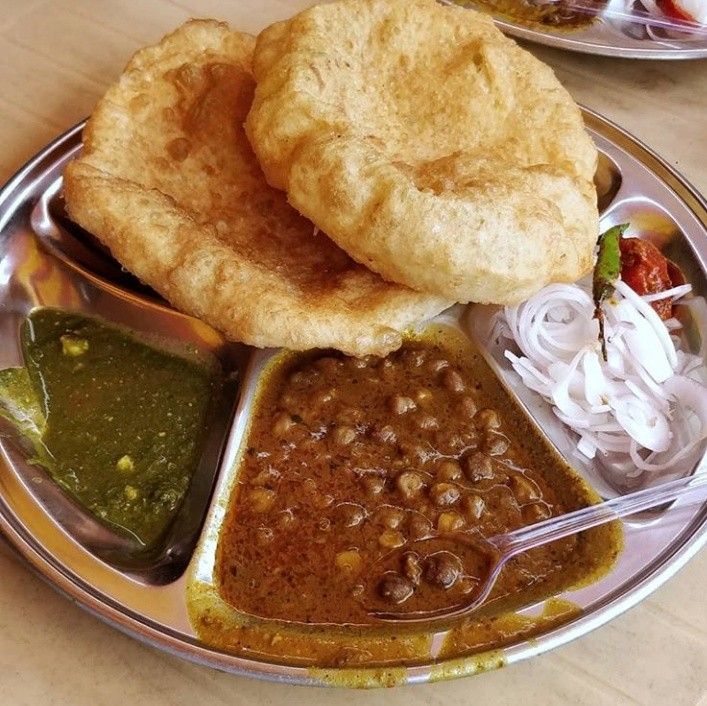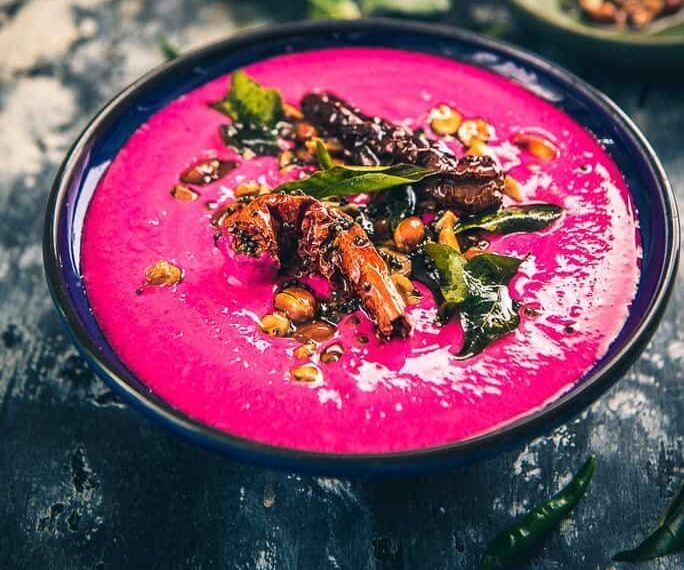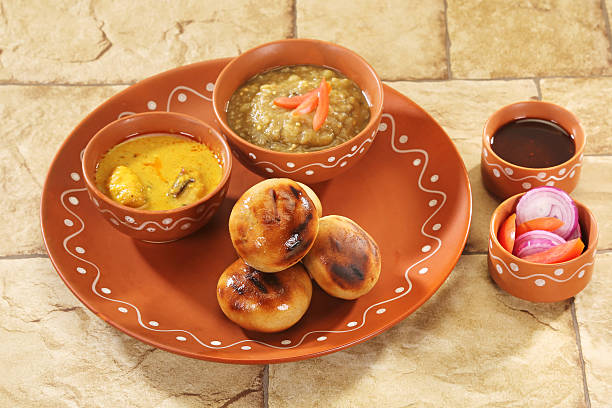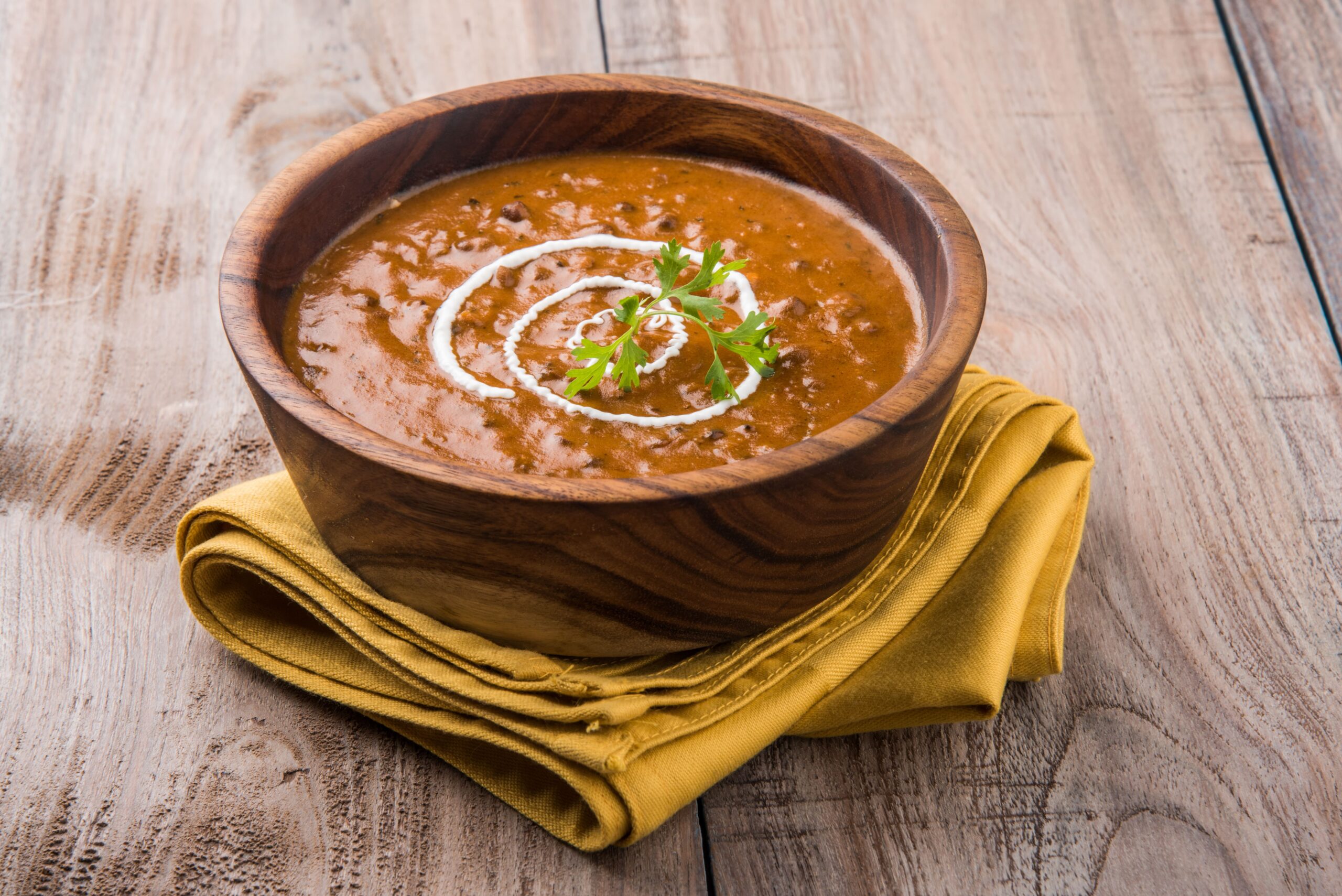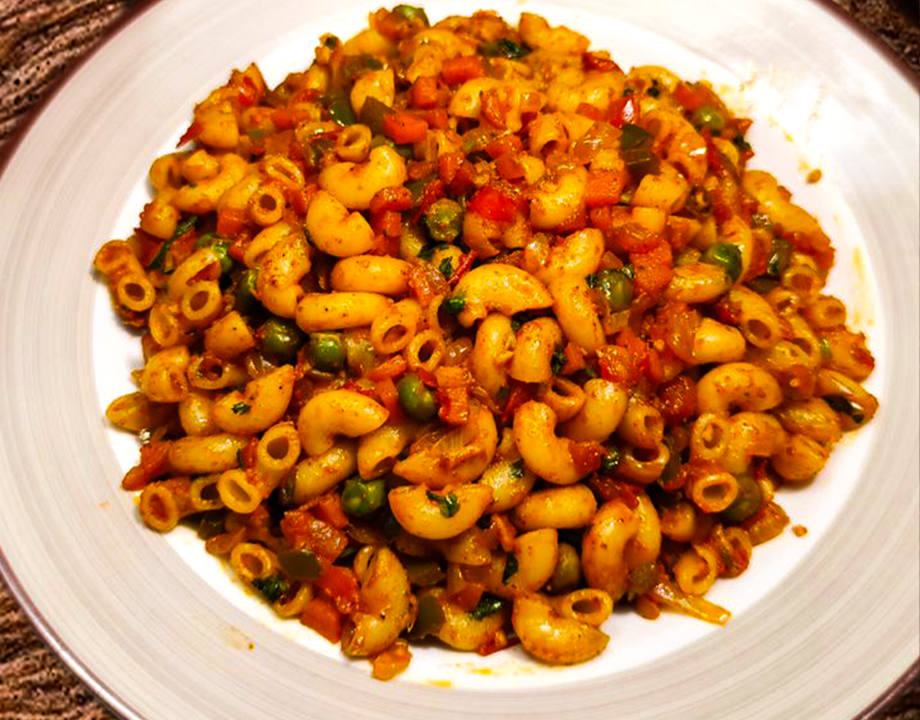In This Article
The busy nature of everyday life should not force anyone to spend time with dishwashing after cooking. The ultimate answer to simplifying cooking comes from one-pot meals. These recipes offer both practicality and full nutritional and flavorful content. A simple pot on the stove creates aromatic scents that lead to a tidy homestyle meal preparation with minimal cleanup.
One-pot dishes work wonderfully for all individuals who manage tight daily schedules which include working professionals and students as well as parents caring for their families. The combination of proteins with grains and vegetables through this method guarantees tasty and healthy portions in every serving. The variety of tastes and dietary needs find suitable meal options that include hearty stews, creamy pastas, vibrant curries, and sizzling skillets.
One-pot cooking proves beneficial because it reduces food waste to a minimum. Leftovers become an asset because they can easily become components of new meals which both save money and promote ecological sustainability. Using one cooking pot enables you to save time since you need to wash less dishes while you can instead spend your moments on eating rather than dishwashing.
Every aspect of one-pot cooking aligns with its straightforward characteristics. Beginning and experienced cooks both find these recipes simple to follow which produce delicious outcomes using minimal work. Using one cooking pot combined with fresh ingredients and creative thoughts leads anyone to prepare flavorsome comfort meals. You should obtain your ingredients after choosing your preferred cooking pot to start your stress-free culinary journey. After discovering the convenience of preparing one-pot dishes you will question how you managed your kitchen without this method.
Why Choose One-Pot Meals?
Busy people together with families should adopt one-pot meals because these meals provide outstanding advantages that exceed basic preparation streamlining. These following points demonstrate clear reasons to adopt one-pot meals as part of your meal preparation.
- You will need to wash only a single pot because one-pot meals require minimal cleanup which saves time and labor following each day after work. People who hate cleaning up after eating can find one-pot meals to be their ultimate solution.
- One-pot recipes deliver fast preparation time which suits hectic weekday dinners together with limited preparation time situations.
- All nutrition types and taste preferences have appropriate selections among one-pot dishes which include deep stews or creamy pastas or hot curries.
- These meals reduce budget expenses because they use basic food items and recycled ingredients to control waste and optimize taste.
- This cooking technique allows effortless combination of protein, grains, and vegetables into one nutritious dish.
- These meals serve as an ideal choice for starting cooks since they have simplified preparation and require fewer culinary tools.
- Simple meals designed for families attract people from various generations to gather and enjoy a meal together.
- The simultaneous combination of food elements within the cooking process will produce harmonious, delicious tastes throughout each mouthful.
One-pot cooking provides a perfect solution for people who want to save time, along with reducing stress and preparing tasty meals fast. Using only one cooking pot requires less washing work, which reduces your total cleaning time.
Essential Tips for Perfect One-Pot Cooking
- Choose the Right Pot: Invest in a dining implement consisting of a heavy-bottomed pot along with a Dutch oven or large skillet accompanied by a lid. These heat-distributing implements provide reliable protection from burning while achieving great results in various recipes. Users who pick nonstick pots benefit from simpler cleaning processes.
- Start with Aromatics: Your foundation comes first through the use of aromatics before adding other elements. To achieve depth in your dish, begin with sautéing onions and garlic along with spices. At this point, the dish establishes its future rich and savory flavor profile.
- Layer Ingredients Strategically: The proper sequence of layering ingredients helps achieve consistent cooking results in your dish. Protein-based ingredients should go in initially before adding hearty vegetables followed by grains and pasta can be added last. Green items and herbs should be added to the cooking pot because extended heat times will negatively affect their freshness.
- Use Quality Liquids: The use of stock and broth together with coconut milk creates a richer and heartier texture than plain water. The liquid absorption by ingredients during cooking creates flavor enhancement within the dish.
- Mind the Ratio of Liquid to Ingredients: Maintain proper liquid-to-ingredient balance because excessive liquid will result in soup, while limited liquid can produce burning. Begin with an appropriate yet modest liquid addition, then modify it based on the cooking process requirements.
- Avoid Overcrowding the Pot: Putting too many ingredients into the pot at once can yield improper cooking across the meal. Make sure you create sufficient space for steam movement in order to properly submerge all ingredients into the flavor mixture.
- Monitor and Stir Occasionally: Regular stirring through the pot helps prevent sticking and guarantees equal cooking of ingredients. Stirring ingredients carefully is important since vigorous movements can damage the fish or tender vegetables in the mixture.
- Cover When Needed: Adding a lid during cooking remains essential for stew-based, curry-based, or rice-based dishes because it preserves moisture and speeds up the cooking process.
- Taste as You Go: Regular taste tests of your dish throughout cooking enable correct seasoning of salt, pepper, and spices for enhanced flavor balance.
- Let It Rest: You should let your cooked dish rest a few minutes after you switch off the heat. The rest period enables flavors to blend so that each mouthful becomes more intense in flavor.
Recipes for Every Day
1. One-Pot Creamy Tomato Basil Pasta

Ingredients:
- 12 oz spaghetti
- 1 can (14 oz) diced tomatoes
- 4 cups vegetable broth
- ½ cup heavy cream
- 1 tsp dried basil
- Salt and pepper to taste
Instructions:
- Get together all the required materials. Only unbroken spaghetti pasta lengths do well in this recipe. Open the tomato can for its contents then measure vegetable broth and heavy cream.
- Place spaghetti and diced tomatoes in a large wide pot along with vegetable broth, dried basil, salt, pepper and pour water into the pan.
- Put the pot on a medium-high cooker to start heating. Move the ingredients across the bottom of the pan to separate them and keep the pasta from sticking.
- Let the blended contents heat until boiling. Periodically mix the pasta so it will stay separate.
- When the pot begins boiling turn the heat to medium and permit the blend to simmer slowly. Stir the spaghetti every 10 to 12 minutes until it turns tender while most of the cooking water evaporates.
- Turn down heat and fold heavy cream into dish. Stir the spaghetti and cream mixture until the sauce spreads across all the noodles.
- Check the taste then put salt or pepper to your preference.
- Allow the pasta to sit for two minutes after taking heat off because this process helps all the flavors blend better. Serve immediately.
2. Vegetarian Lentil Curry
Ingredients:
- 1 cup of lentils
- 1 onion, diced
- 2 cloves garlic, minced
- 1 can (14 oz) coconut milk
- 2 cups vegetable broth
- 2 tsp curry powder
- 1 cup chopped spinach
- Salt and pepper to taste
Instructions:
- Soak the lentils by pouring water over them to wash away dirt and impurities. Prepare the diced onion and chopped garlic, then slice the spinach into small pieces. Open the can of coconut milk.
- Put a small amount of oil into a large cooking pot and warm it on medium heat. Add minced onion and garlic to the pot. Stir the mixture for 5 minutes until the onion turns transparent and the garlic develops its scent.
- Stir the curry powder into the cooked onion-garlic mixture to bring out its toasted flavors. Mix the spices into oil for 1 to 2 minutes to deepen their taste.
- Pour lentils together with vegetable broth and coconut milk into the pot. Stir well to combine.
- Heat the mixture slowly until boiling before adjusting to low temperature. Keep covered heat at low temperature for 25-30 minutes while stirring the pot to stop sticking. The lentils should soften while the curry develops additional richness.
- Include chopped spinach to the pot and wait five minutes for it to soften.
- Check the flavor of the curry before you add salt and black pepper.
- Enjoy this curry hot with cooked rice or naan bread.
3. Vegetable Stir-Fry with Noodles
Ingredients:
- 8 oz rice noodles
- Use two cups of mixed chopped vegetables including bell peppers broccoli and carrots.
- 2 tbsp soy sauce
- 1 tbsp sesame oil
- 1 tsp minced ginger
- 1 garlic clove, minced
- Dissolve 1 teaspoon of cornstarch into 2 tablespoons of cold water.
Instructions:
- Cook the rice noodles with boiling water as recommended by the package. Put the noodles through cold water then put them aside for now.
- Prepare vegetable pieces by cutting bell peppers broccoli and carrots into small sizes. Mince the ginger and garlic.
- Use a cooking skillet to combine sesame oil when the stove reaches medium heat.
- Fry the minced garlic and ginger in the skillet. Fry the ingredients in oil for 1 to 2 minutes to develop their flavor.
- Place mixed vegetables into the hot pan for cooking. Keep stirring the vegetables during 5-7 minutes of cooking until they stay tender but remain slightly firm.
- Mix soy sauce and water with cornstarch then stir them into the skillet. Fry the ingredients for 2 to 3 minutes until the sauce gets thick and sticks to the vegetables.
- Put cooked rice noodles into the stir fry pan. Mix all contents together until the noodles fully absorb the sauce.
- Serve: Serve immediately while hot.
4. Vegetarian Chili
Ingredients:
- 1 can (14 oz) kidney beans
- 1 can (14 oz) diced tomatoes
- 1 onion, diced
- 1 bell pepper, diced
- 1 cup corn kernels
- 1 tsp chili powder
- 1 tsp cumin
- Salt and pepper to taste
Instructions:
- Begin by emptying the kidney beans then rinsing them thoroughly. Dice the onion and bell pepper. Measure out the corn kernels.
- A drizzle of oil goes into a large cooking pot after setting the heat level to medium. Place onion slices together with diced bell pepper in the pot. Stir the mixture occasionally when cooking it for 5 minutes until every ingredient becomes soft.
- Next add chili powder along with cumin while stirring well for one minute. Mix all ingredients together enabling the spices to toast for one minute.
- You should mix kidney beans together with diced tomatoes (including their juice) and corn kernels into the pan. Mix thoroughly.
- The heat of the pot reduces to low exposure as the chili cooks without a lid for 20 minutes. Stir occasionally to prevent sticking.
- To improve the flavor profile of the chili you should sample it then apply salt and pepper according to your taste preferences.
- Present the hot chili in a serving bowl with options to garnish it using shredded cheese alongside sour cream and cilantro.
5. Spinach and Mushroom Risotto
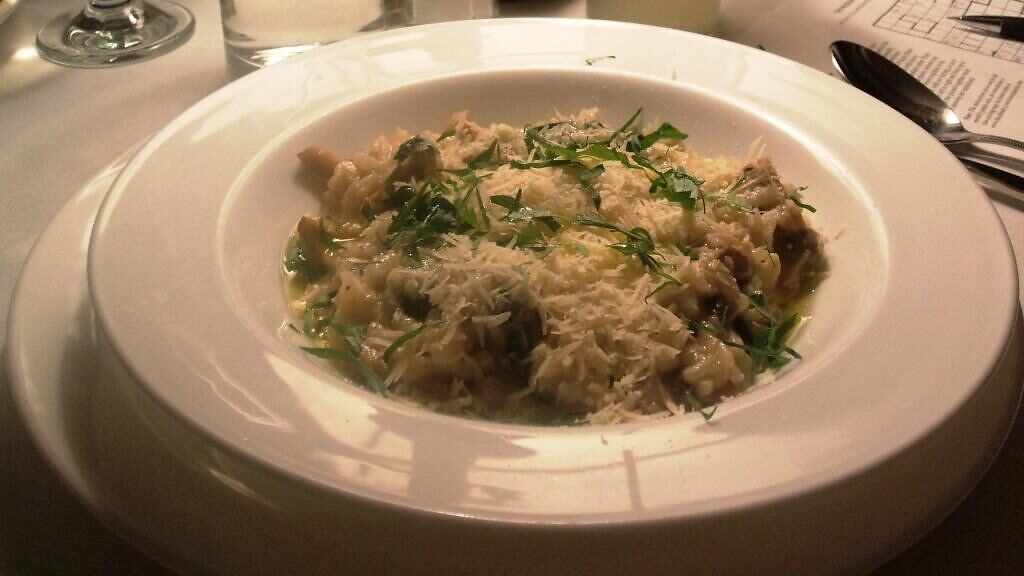
Ingredients:
- 1 cup arborio rice
- 2 cups vegetable broth (warmed)
- 1 cup mushrooms, sliced
- 2 cups fresh spinach
- 1 onion, diced
- 2 garlic cloves, minced
- ¼ cup grated Parmesan cheese (optional)
- 1 tbsp olive oil
- 1 tbsp butter
- Salt and pepper to taste
Instructions:
- Heat vegetable broth separately in a saucepan then let it stay on low heat for preparation. The mushrooms receive a slice while the onion becomes diced and the garlic requires mincing. Chop the spinach into rough portions before washing it.
- Heat the large skillet or pot using medium heat while combining olive oil and butter. Put minced garlic with diced onion into the pan. Stir the mixtures for 3-4 minutes until the ingredients adopt tender texture along with noticeable fragrance.
- Continue adding sliced mushrooms to the skillet for 5-6 minutes while stirring occasionally until they produce golden colors together with their liquid.
- Toast Rice: Add the arborio rice to the skillet. Lightly brown the rice by stirring it in the oil and butter mixture for one to two minutes while keeping the texture coated.
- You should drop the warm vegetable broth into the skillet with one scooper at a time. Stir the rice continuously and let it soak up the broth liquids prior to putting more into the mix. The rice needs the liquid one ladle at a time for 18-20 minutes until it reaches creamy tenderness.
- Squeeze in the spinach by adding it to the pan in the last 3-4 minutes of the cooking period. Let the spinach wilt by combining it with the risotto.
- Pull the pan from the heat in order to serve. Add the Parmesan cheese to the mixture (when using) then finish with salt and pepper adjustments for the desired taste. Serve hot.
6. Stuffed Bell Peppers
Ingredients:
- 4 large bell peppers, halved and deseeded
- 1 cup cooked quinoa
- 1 cup black beans, rinsed and drained
- 1 cup diced tomatoes (fresh or canned)
- ½ cup corn kernels (optional)
- 1 tsp cumin
- ½ tsp paprika
- ½ cup shredded cheese (optional)
- Salt and pepper to taste
Instructions:
- Preheat your oven to 375°F (190°C). Lightly grease a baking dish to prevent sticking.
- Slice the bell peppers in half lengthwise and remove the seeds and membranes. Place them cut-side up in the baking dish.
- In a mixing bowl, combine the cooked quinoa, black beans, diced tomatoes, corn kernels (if using), cumin, paprika, salt, and pepper. Mix well to incorporate the flavors.
- Spoon the quinoa mixture evenly into the bell pepper halves. Press down gently to pack the filling. Top with shredded cheese if desired.
- Cover the dish with aluminum foil and bake in the preheated oven for 25 minutes. Remove the foil and bake for an additional 10 minutes, or until the peppers are tender and the cheese is melted and bubbly.
- Let the stuffed peppers cool for a few minutes before serving. Garnish with chopped parsley or cilantro if desired.
7. Creamy Spinach and Potato Soup
Ingredients:
- 3 medium potatoes, peeled and diced
- 2 cups fresh spinach
- 4 cups vegetable broth
- 1 onion, diced
- 2 garlic cloves, minced
- 1 cup milk or cream (for creaminess)
- 1 tbsp olive oil or butter
- Salt and pepper to taste
Instructions:
- Peel and dice the potatoes into small cubes. Dice the onion and mince the garlic. Wash the spinach and roughly chop it.
- In a large pot, heat the olive oil or butter over medium heat. Add the diced onion and minced garlic. Sauté for about 5 minutes, stirring occasionally, until softened and fragrant.
- Add the diced potatoes to the pot. Pour in the vegetable broth, ensuring the potatoes are fully submerged. Bring the mixture to a boil, then reduce the heat to low and simmer for 15-20 minutes, or until the potatoes are tender.
- Use an immersion blender to purée the soup until smooth. If you don’t have an immersion blender, carefully transfer the mixture in batches to a countertop blender and blend until smooth, then return to the pot.
- Stir in the chopped spinach and cook for 3-5 minutes until wilted.
- Stir in the milk or cream for added richness. Taste the soup and adjust seasoning with salt and pepper.
- Ladle the soup into bowls and serve hot. Garnish with a drizzle of olive oil or a sprinkle of black pepper for extra flavor.
Storage and Reheating Tips
- Cool Before Storing: Always let your dish cool completely before transferring it to storage containers. This prevents condensation, which can lead to soggy textures or spoilage.
- Use Airtight Containers: Store your one-pot meals in airtight containers to maintain freshness and prevent odors from mingling with other items in the fridge.
- Refrigerate Properly: Most one-pot meals can be safely stored in the refrigerator for 3-4 days. Be sure to label containers with the date to keep track of freshness.
- Freeze for Longer Storage: For meals you won’t consume within a few days, portion them into freezer-safe containers or bags. Flatten bags to save space and freeze for up to 3 months.
- Thaw Correctly: When reheating frozen meals, transfer them to the fridge the night before to thaw gradually. For faster thawing, use the microwave’s defrost setting.
- Reheat on the Stovetop: For the best texture and flavor, reheat meals on the stovetop over low heat. Add a splash of broth, water, or milk to restore moisture if the dish has thickened too much.
- Microwave for Convenience: If using a microwave, stir the meal halfway through reheating to ensure even warming. Cover the container with a microwave-safe lid or wrap to prevent splatters.
- Check for Doneness: Ensure that the reheated dish is steaming hot throughout to guarantee it is safe to eat.
- Avoid Reheating Multiple Times: Only reheat the portion you plan to eat to preserve quality and prevent foodborne illnesses.
Conclusion
One-pot meals are a true game-changer for anyone looking to simplify their cooking routine without sacrificing flavor or nutrition. They combine convenience, creativity, and satisfaction into one harmonious cooking experience. Whether you’re preparing a hearty stew, a creamy pasta, or a vibrant curry, the versatility of these dishes ensures there’s something for every taste and dietary preference.
By focusing on wholesome ingredients, the right cooking techniques, and the tips shared in this guide, you can craft meals that are not only delicious but also balanced and nourishing. One-pot meals are particularly beneficial for those juggling busy schedules, as they minimize prep and cleanup while maximizing flavor. They also provide an excellent opportunity to reduce food waste by incorporating leftovers creatively.
So, grab your favorite pot and start experimenting with different flavors and ingredients. Whether you’re cooking for yourself, your family, or entertaining friends, one-pot meals make every dining occasion simple yet special. Embrace the ease, savor the taste, and enjoy the countless possibilities of one-pot cooking—each dish is a step towards a more enjoyable and hassle-free kitchen experience.


